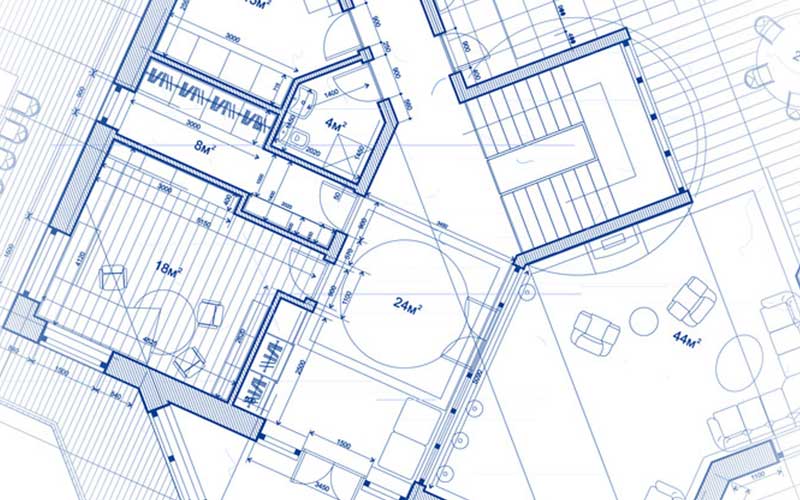Building information modelling (BIM) is a digital depiction of a building’s structural and functional elements that enables coordination and collaboration among many project stakeholders. Specifically in the area of civil engineering, National BIM specialises in integrating BIM in a uniform and standardised manner throughout the whole construction industry. We will examine the advantages of using BIM for civil engineering projects in this blog article.
Improved Planning and Design
The ability to represent the infrastructure more precisely and in greater detail thanks to BIM is one of the key advantages of adopting it for civil engineering projects. Due to National BIM’s structural BIM services and experience, detailed 3D models of the infrastructure may be produced and used for design and planning reasons. This leads to better design and planning since it enables an earlier understanding of the project and the detection of potential problems.
Increased Productivity and Efficiency
Better coordination and collaboration among many stakeholders is another significant advantage of adopting BIM for civil engineering projects. All project team members may access and share information in real-time using National BIM, which eliminates the need for repeated meetings and changes. As a result, there is an improvement in productivity and efficiency, as well as a reduction in costs and completion times.
Greater Energy Efficiency and Sustainability
Better coordination and collaboration among many stakeholders is another significant advantage of adopting BIM for civil engineering projects. All project team members may access and share information in real-time using National BIM, which eliminates the need for repeated meetings and changes. As a result, there is an improvement in productivity and efficiency, as well as a reduction in costs and completion times.
Better Asset Management
BIM also allows for better asset management throughout the infrastructure’s lifecycle. National BIM’s expertise in BIM allows for easy tracking and management of the infrastructure’s components and systems, including maintenance schedules and replacement parts. This leads to lower maintenance costs and improved longevity of the infrastructure.
More Accurate Cost Estimation and Budgeting
Finally, BIM makes it possible for projects involving civil engineering to budget and estimate costs with more accuracy. A full depiction of the infrastructure and all of its components is provided by National BIM’s BIM expertise, allowing for more accurate cost estimates and improved project budget management. There are consequently fewer construction-related surprises and more predictable costs.
Choose to Work With National BIM Today!
In conclusion, Building Information Modelling (BIM) is a digital representation of a building’s physical and functional characteristics that allows for collaboration and coordination among different stakeholders in a construction project. National BIM specialises in implementing BIM in a consistent and standardised way across the entire construction industry, particularly in the field of civil engineering. The benefits of using BIM for civil engineering projects from the perspective of National BIM include improved design and planning, increased efficiency and productivity, greater sustainability and energy efficiency, better asset management, and more accurate cost estimation and budgeting. National BIM’s expertise and specialised platform provide an added layer of efficiency and accuracy to the BIM process that can be beneficial to the overall success of the civil engineering project. If you are looking for the BIM experts in Sydney to assist with your project, contact us today!
